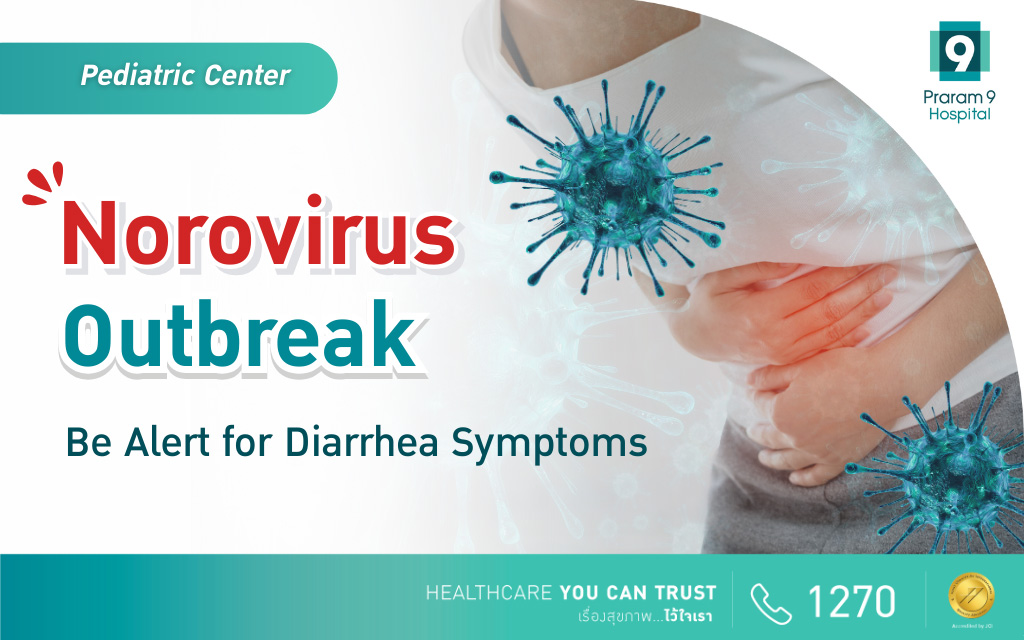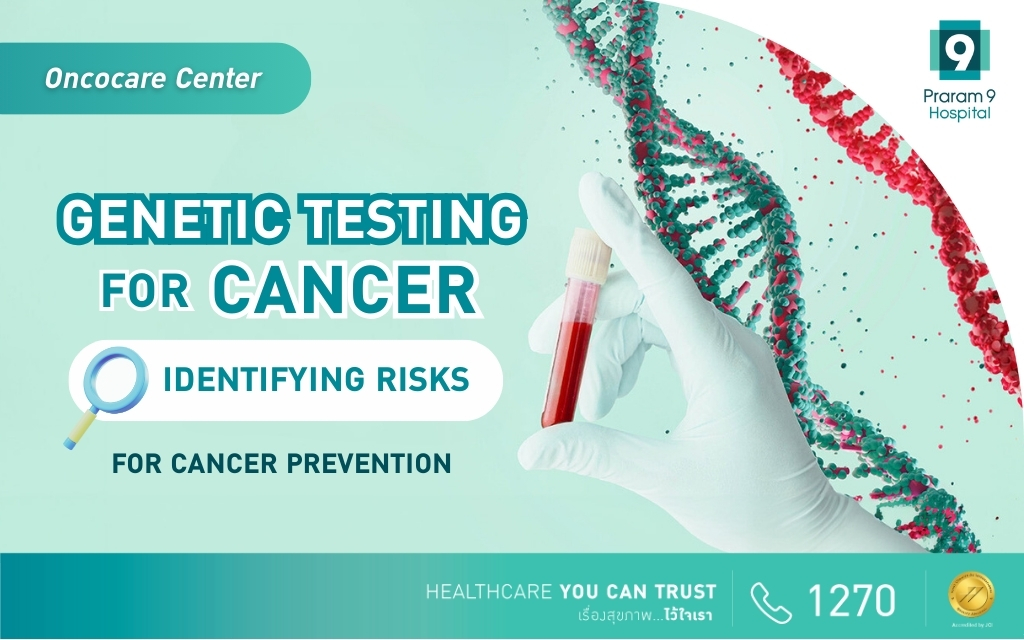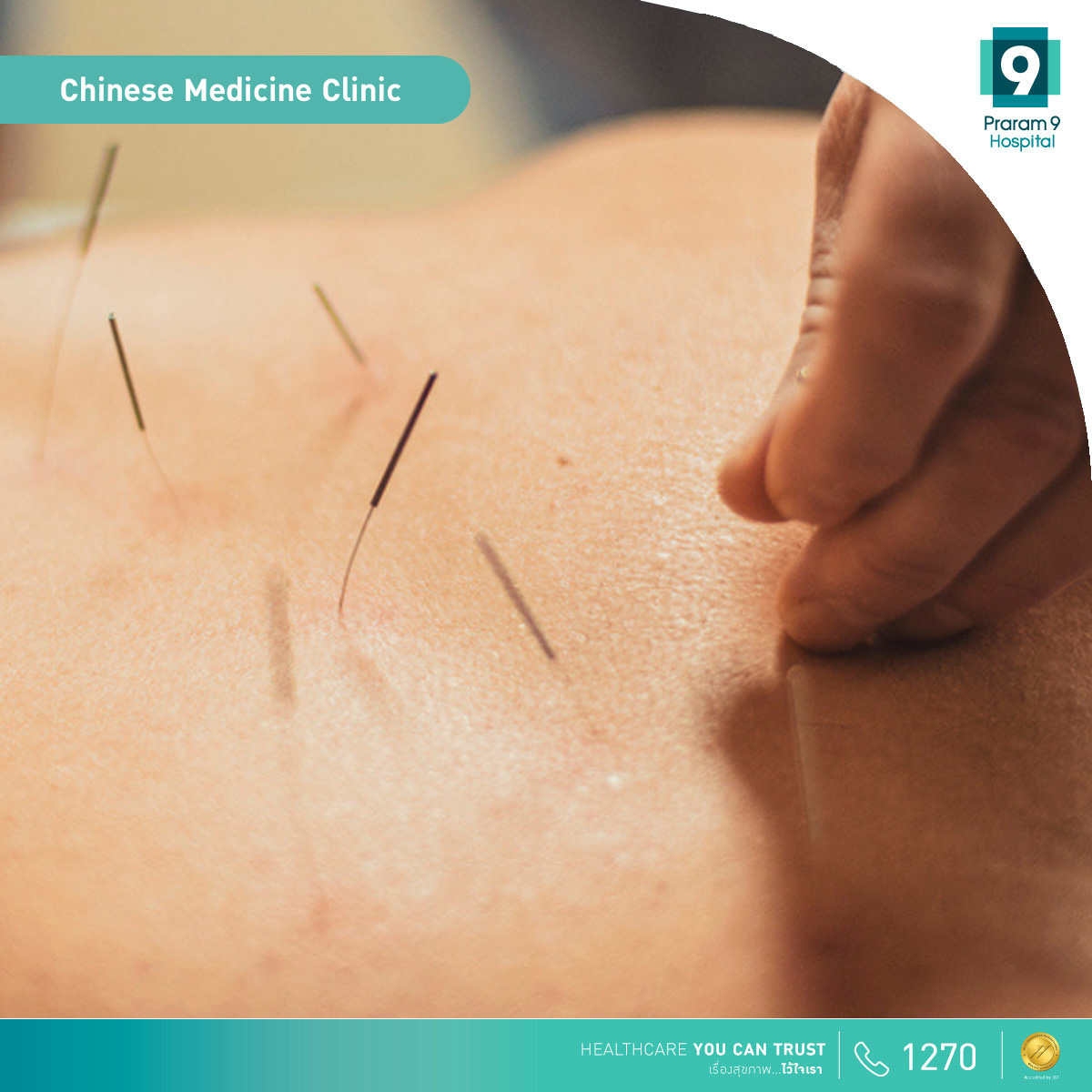Addicted to fast food, tea, coffee, liquor, and stress can cause the risk of gastrointestinal cancer
Because the current lifestyle is changing according to the social trend that is full of hurry from both traveling and working, the majority of people turn to consuming fast food or food with high fat. Some people drink tea or coffee instead of breakfast or even drink soft drink instead of fresh water. The hurried society also leads to stress accumulation. Many people choose to manage the stress by using improper methods, such as smoking or drinking liquor. These lifestyle behaviors are important to increase the chance of causing the serious illnesses, especially gastrointestinal disease, like cancer, which is a serious illnesses with unclear symptoms. However, we can monitor the warning signals for abnormalities. For example: Constipation with chronic diarrhea; weight loss with unknown cause; and melena. Gastroscopy is used to search for abnormalities and look at the gastrointestinal tract system to search for abnormalities and assess the risks in the gastrointestinal system disease to plan the prevention and provide the treatment immediately.
Warning signs that you should see the doctor
· Epigastric rising sensation
· Difficulty swallowing
· Chest pain
· Nausea or chronic vomit
· Hematemesis
· Weight loss with unknown cause
· Feel the lump in the abdominal cavity
· Chronic fatigue
· Abnormalities regarding secretion, such as constipation or chronic diarrhea, constipation with diarrhea, or melena
What is gastroscopy?
Gastroscopy is a special technique that is used to examine the gastrointestinal tract system to look for abnormalities of the upper gastrointestinal tract system (gastroscopy), which are esophagus, stomach, and duodenum; lower gastrointestinal tract system (colonoscopy), which are colon and anus; and Endoscopic Retrograde Cholangiopancreatography (ERCP).
Benefits from gastroscopy
· It is the tool to diagnose the abnormalities of gastrointestinal tract system. For example: Wound, inflammation, bleeding spot, broken blood vessel, and blockage of organs in the gastrointestinal tract system. There is also abnormal tumor or tissue lump that might become cancer in the future.
· It is the tool to monitor the group with the risk of gastrointestinal tract cancer. For example: Have the risk of esophageal cancer due to complications from gastroesophageal reflux disease (Barrett’s esophagus) or the risk of intestinal cancer due to heredity factor (Polyposis syndromes).
· It is the tool that is used to assess the stages of disease and the spreading of cancer in gastrointestinal tract system.
· It is the tool that is used to assess, diagnose, and cure the disease about the bile duct and pancreas.
· It is the tool that is used to cure the abnormality in the gastrointestinal tract system by putting the tool or equipment via gastroscopy.
· It is the tool that is used to follow up the abnormality of gastrointestinal tract system.






